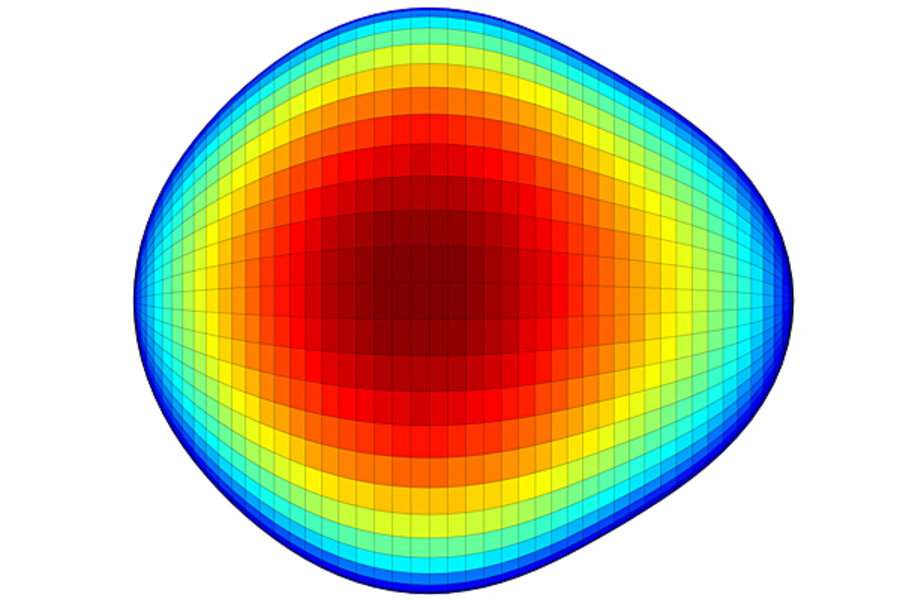Why hasn't everything been annihilated yet? Pear-shaped atomic nuclei could hold answer.
The Standard Model of particle physics is a thing of beauty. Developed over by generations of the world's smartest minds, it can predict, with astonishing precision, accuracy, and simplicity, the behavior and interactions of almost every known form of matter and energy.
It does, however, fall short in a few key areas. For instance, according to the Standard Model, we shouldn't exist right now.
That's because, according to the Standard Model, for every bit of matter that popped into existence with the Big Bang, there should have been a corresponding bit of antimatter, which is just like regular matter except that it has an opposite electric charge and quantum spin.
Matter and antimatter don't mix well. When the two touch, they annihilate each other in a flash of radiation and other subatomic particles. According to the Standard Model, that's what should have happened an instant after the Big Bang, leaving behind a universe that would best be described as very boring.
It seems that this didn't happen. So instead, physicists suspect that at the dawn of the universe there was just a hair more matter than antimatter. Perhaps, for every billion antimatter atoms, there were a billion and one matter atoms. So after the two annihilated each other, there was some matter left behind, which now takes the form all the stars, planets, shopping malls, and you, among other things.
Nobody knows why the matter atoms outnumbered the antimatter atoms at the beginning of the universe. Physicists call this imbalance Charge Parity violation, and it's a big problem for the Standard Model.
But now a team of physicists might have an explanation. Using particle accelerators at CERN, Europe's nuclear physics lab near Geneva, Switzerland, the scientists fired a beam of high-energy protons at a chunk of uranium carbide. Smashing protons into uranium at high speed is a terrific way to make all sorts of exotic isotopes. As the current edition of Nature reports, researchers found that the nuclei of two of these isotopes, radium 224 and radon 220, have distinct pear shapes.
Most atomic nuclei are shaped like rugby balls, so a lopsided nucleus is big news.
"The pear shape is special," said University of Michigan physicist Tim Chupp, who participated in the study, in a press release. "It means the neutrons and protons, which compose the nucleus, are in slightly different places along an internal axis."
Researchers believe that the nuclear forces that produced the asymmetry in the nucleus also produced an asymmetry in the amounts of matter and antimatter created by the Big Bang.
"It turns out that the same forces that could produce enough matter could also subtly change the shape of atoms," said University of Liverpool particle physicist and study co-author Peter Butler in a Nature podcast.
So what does this mean for the Standard Model? It all hinges on something called the electric dipole moment, or EDM, a state in which the center of positive charge of an atom lies at a different point than its center of negative charge. According to the Standard Model, an EDM would be too small to measure with current technologies. But competing theories that account for the matter/antimatter imbalance also predict much stronger EDMs. And if these EDMs exist, pear-shaped atomic nuclei would be a likely place to find them.
If the Standard Model is supplanted, it does not mean that physics has finally arrived at the answer to why we're here. But this measurement could at least help explain why we're not not here.








